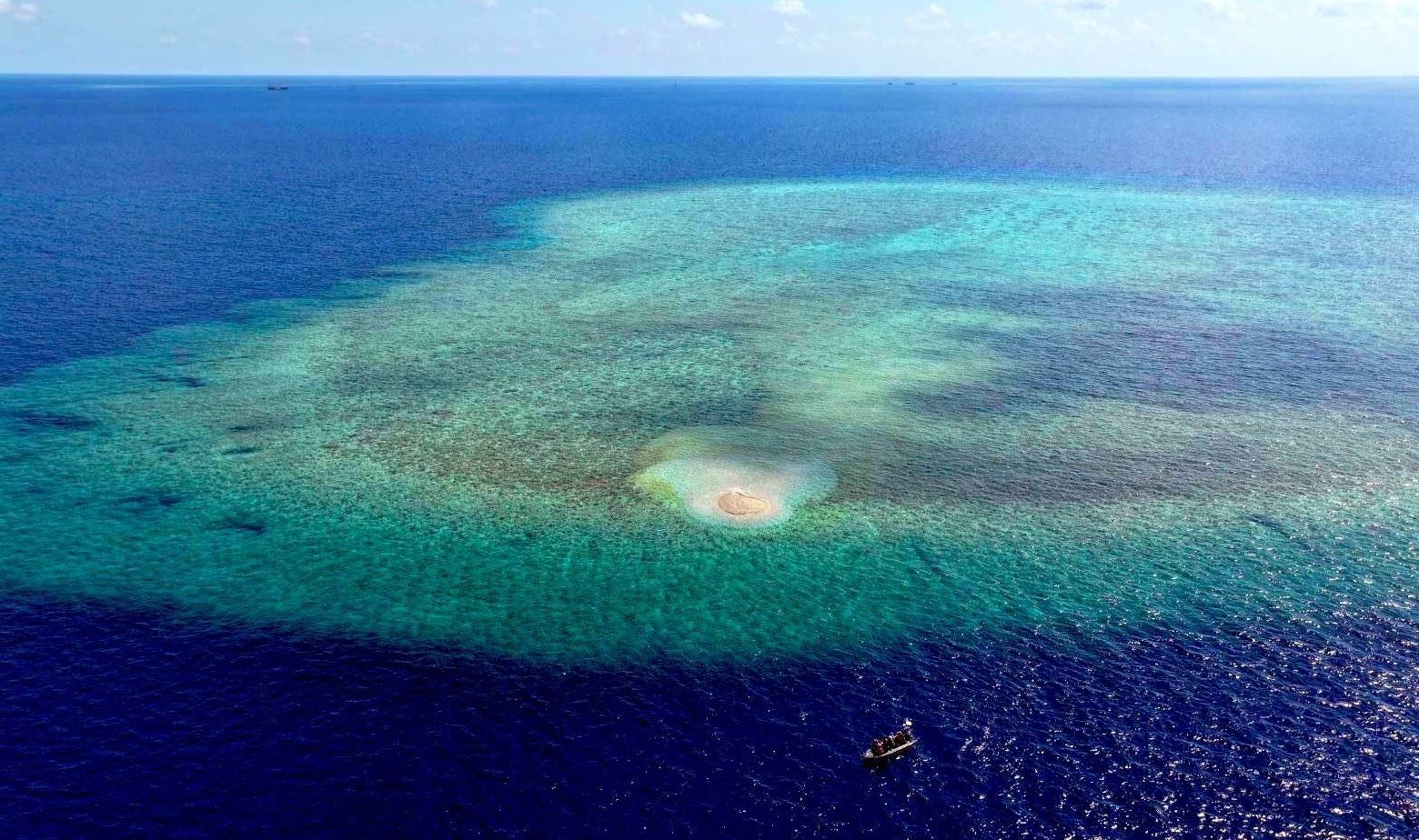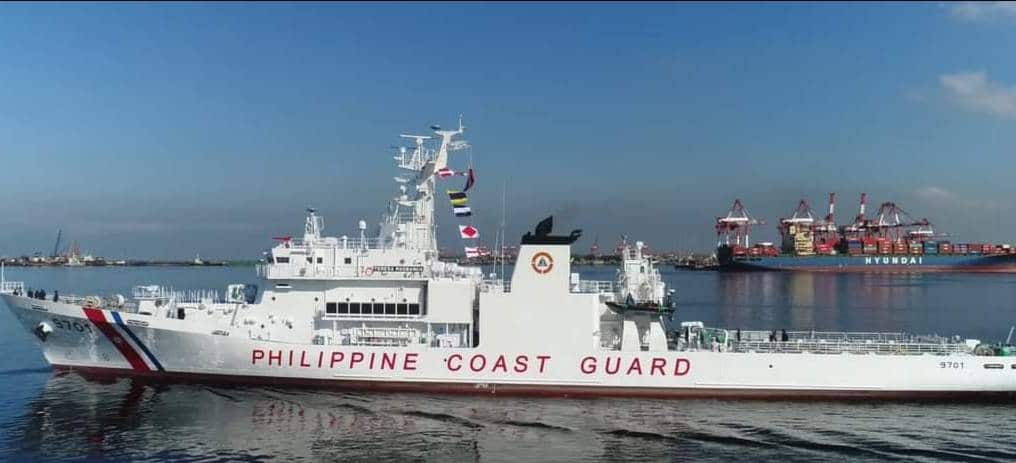
BRP Teresa Magbanua (MRRV-9701), the biggest ship of the Philippine Coast Guard (PCG), has been deployed to Escoda (Sabina) Shoal in the West Philippine Sea (WPS) for exactly four months on Sunday, Aug. 18, and authorities have no intention to withdraw her anytime soon, according to a ranking official.
Commo. Jay Tarriela, PCG spokesperson for WPS, said the 97-meter multi-role response vessel is serving as an eye of the coast guard against illegal poachers and foreign vessels that are trying to conduct reclamation activities in the shoal.
“[T]he Philippine Coast Guard has deployed [BRP Teresa Magbanua] there not to provoke or escalate tensions; rather, it aims to protect and safeguard our sovereign rights over these waters, particularly against illegal poachers engaged in IUUF [illegal, unregulated, unreported fishing] and activities that damage our marine environment,” Tarriela said.
Earlier this year, the PCG and marine scientific experts from the University of the Philippines (UP) noticed an unusual dumping of dead and crushed corals on the sandbars of Escoda Shoal in what they suspected as initial stages of an island reclamation.
In response, the PCG sent BRP Teresa Magbanua to patrol the shoal on April 18, and she has never left the area since then, marking the longest deployment made by the PCG in the WPS.

Chinese Foreign Ministry spokesperson Lin Jian said the PCG vessel entered the lagoon of Xianbin Jiao, the Chinese name given to Escoda Shoal, “without permission”.
According to Lin, BRP Teresa Magbanua’s presence in the disputed feature “seriously infringes on China’s sovereignty, violates the Declaration on the Conduct of Parties in the South China Sea (DOC), and threatens the peace and stability in the South China Sea.” China said it protested the presence of the PCG vessel in the area.
But Tarriela insisted that Escoda Shoal is located within the Philippines' exclusive economic zone (EEZ), in accordance with the United Nations Convention on the Law of the Sea (UNCLOS) and the 2016 arbitral award.
“Our Philippine Coast Guard vessels have the right to operate within the lagoon of Escoda Shoal for as long as necessary, without requiring permission from any other country,” Tarriela noted.
“China should stop citing the 2002 Declaration on the Conduct of Parties in the South China Sea, as they have not honored or followed a single provision of that declaration,” he added.
Signed in Cambodia in 2002, the DOC aims to peacefully resolve the disputes in the South China Sea, recognizing freedom of navigation and overflight, and self-restraint in the conduct of activities there.
As far as the region is concerned, Tarriela stressed that it is Beijing that “constantly violates” the declaration.
“They have been deploying their large Coast Guard vessels there, complemented by their numerous Chinese Maritime Militia. Additionally, they have deployed their naval assets in Escoda Shoal, and these actions undermine stability in these waters and contribute to escalating tensions,” the PCG spokesman said.
China is claiming almost the entire South China Sea based on its so-called “10-dash line” (previously nine-dash line), including several features within the 200-nautical mile EEZ of the Philippines like Escoda Shoal.
The shoal is located approximately 75 nautical miles or about 140 kilometers from Palawan.
China’s dash-line claim was invalidated by a 2016 arbitral ruling in favor of the Philippines’ protest but the Asian superpower continues to ignore the decision.